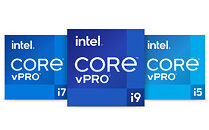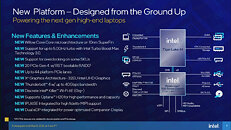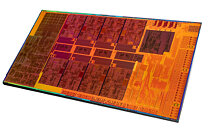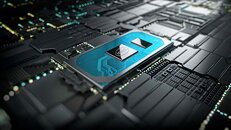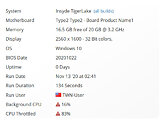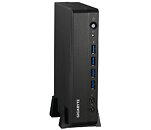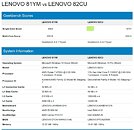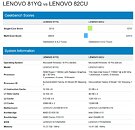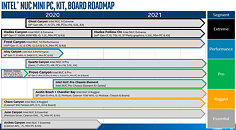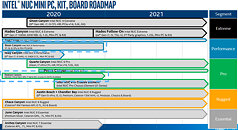
MSI IPC introduced MS-C903 Intel Tiger Lake-UP3 Compact-Size AI Ready Box PC
MSI, a leading innovator in technology solutions, proudly unveils the MS-C903, a versatile embedded system designed to meet the demanding requirements of various industries including transportation, gaming, medical, automation, and robotics. Engineered to excel in challenging conditions, the MS-C903 ensures reliable operation in harsh environments with temperatures ranging from -20 to 70°C. Its wide voltage DC input (12~24 V) with overcurrent protection (OCP) and overvoltage protection (OVP) guarantees stable power supply. Enhanced security features include hardware monitoring with a 256-level watchdog timer and an Infineon TPM Controller (SLB9670VQ2.0/FW7.85). Compliant with IEC 61373 standards, its anti-vibration and shockproof design ensures durability. With multiple mounting options including wall mount, DIN rail, and VESA mount, the MS-C903 offers flexible installation. Additionally, its excellent performance, driven by Intel 11th Gen Tiger Lake-UP3 Embedded/Industrial SKU Series and ample I/O interfaces, makes it ideal for diverse applications.























